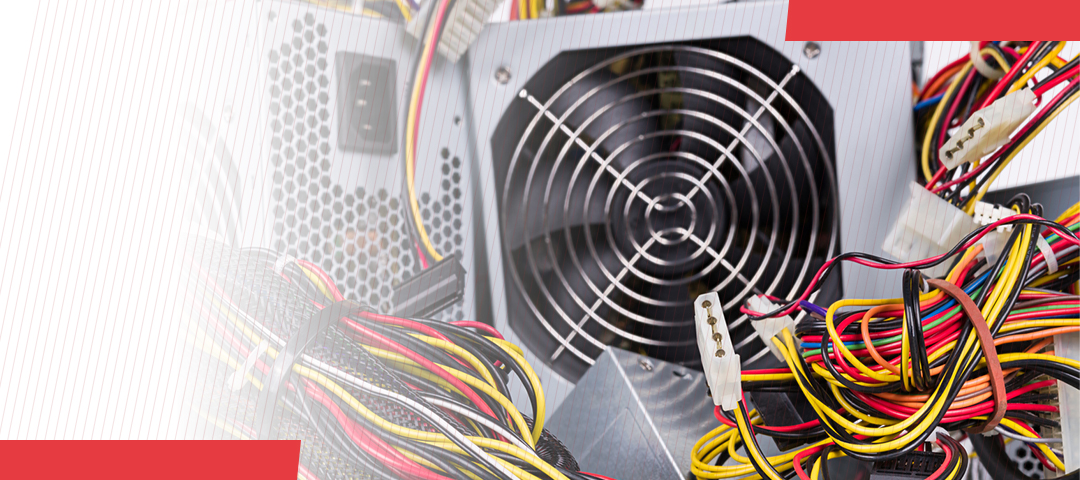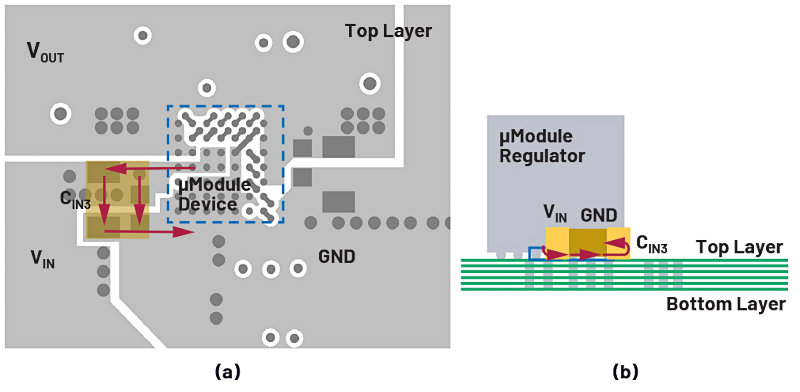How to Choose the Right Battery for an IoT Device?
Choosing the right battery for your IoT device is crucial for its performance and longevity. With the growing popularity of Internet of Things (IoT) devices, it’s important to understand the different types of batteries available and how to select the best one for your specific needs. In this article, we will delve into the key factors you should consider when choosing a battery for your IoT device.
1. Battery Chemistry
The first step in selecting the right battery for your IoT device is to consider the battery chemistry. There are various types of batteries available, each with its own benefits and drawbacks. Some common types of batteries used in IoT devices include:
- Lithium-ion (Li-ion) batteries
- Lithium Polymer (LiPo) batteries
- Alkaline batteries
- Nickel-Cadmium (NiCd) batteries
- Nickel-Metal Hydride (NiMH) batteries
Each type of battery has its own characteristics that make it suitable for different applications. For example, Lithium-ion batteries are known for their high energy density, making them ideal for small, lightweight devices. On the other hand, Alkaline batteries are more affordable and readily available, but may not last as long as Li-ion batteries.
2. Battery Capacity
Another important factor to consider when choosing a battery for your IoT device is the battery capacity. Battery capacity is measured in milliampere-hours (mAh) and indicates how much charge a battery can store. The higher the mAh rating, the longer the battery will last before needing to be recharged.
When selecting a battery for your IoT device, it’s important to consider the power requirements of your device and how long you want it to run on a single charge. If your device will be used frequently and require a lot of power, you may want to opt for a battery with a higher mAh rating.
3. Size and Form Factor
The size and form factor of the battery are also important considerations when choosing a battery for your IoT device. The battery must fit within the physical constraints of your device and not add unnecessary bulk or weight.
Before selecting a battery, measure the available space in your device and choose a battery that will fit comfortably. Additionally, consider the weight of the battery and how it will affect the overall design and usability of your IoT device.
4. Operating Temperature
It’s important to consider the operating temperature range of the battery when choosing a battery for your IoT device. Some batteries perform better in extreme temperatures, while others may degrade or lose capacity if exposed to high or low temperatures.
Before selecting a battery, check the manufacturer’s specifications to ensure that the battery can operate within the temperature range required for your device. Using a battery that is not rated for the appropriate temperature range can lead to performance issues and shorten the lifespan of your IoT device.
5. Cost
Lastly, cost is an important factor to consider when choosing a battery for your IoT device. While it’s important to invest in a high-quality battery that meets your device’s requirements, you should also consider your budget constraints.
Compare the prices of different types of batteries and consider the long-term costs of maintaining and replacing the battery over time. While it may be tempting to opt for the cheapest option, investing in a higher-quality battery can save you money in the long run by providing better performance and durability.
In conclusion, choosing the right battery for your IoT device is essential for ensuring optimal performance and longevity. By considering factors such as battery chemistry, capacity, size, operating temperature, and cost, you can select a battery that meets the specific requirements of your device and enhances its overall functionality.
How to Choose the Right Battery for an IoT Device?
Choosing the right battery for your IoT device is crucial for its performance and longevity. With the growing popularity of Internet of Things (IoT) devices, it’s important to understand the different types of batteries available and how to select the best one for your specific needs. In this article, we will delve into the key factors you should consider when choosing a battery for your IoT device.
1. Battery Chemistry
The first step in selecting the right battery for your IoT device is to consider the battery chemistry. There are various types of batteries available, each with its own benefits and drawbacks. Some common types of batteries used in IoT devices include:
- Lithium-ion (Li-ion) batteries
- Lithium Polymer (LiPo) batteries
- Alkaline batteries
- Nickel-Cadmium (NiCd) batteries
- Nickel-Metal Hydride (NiMH) batteries
Each type of battery has its own characteristics that make it suitable for different applications. For example, Lithium-ion batteries are known for their high energy density, making them ideal for small, lightweight devices. On the other hand, Alkaline batteries are more affordable and readily available, but may not last as long as Li-ion batteries.
2. Battery Capacity
Another important factor to consider when choosing a battery for your IoT device is the battery capacity. Battery capacity is measured in milliampere-hours (mAh) and indicates how much charge a battery can store. The higher the mAh rating, the longer the battery will last before needing to be recharged.
When selecting a battery for your IoT device, it’s important to consider the power requirements of your device and how long you want it to run on a single charge. If your device will be used frequently and require a lot of power, you may want to opt for a battery with a higher mAh rating.
3. Size and Form Factor
The size and form factor of the battery are also important considerations when choosing a battery for your IoT device. The battery must fit within the physical constraints of your device and not add unnecessary bulk or weight.
Before selecting a battery, measure the available space in your device and choose a battery that will fit comfortably. Additionally, consider the weight of the battery and how it will affect the overall design and usability of your IoT device.
4. Operating Temperature
It’s important to consider the operating temperature range of the battery when choosing a battery for your IoT device. Some batteries perform better in extreme temperatures, while others may degrade or lose capacity if exposed to high or low temperatures.
Before selecting a battery, check the manufacturer’s specifications to ensure that the battery can operate within the temperature range required for your device. Using a battery that is not rated for the appropriate temperature range can lead to performance issues and shorten the lifespan of your IoT device.
5. Cost
Lastly, cost is an important factor to consider when choosing a battery for your IoT device. While it’s important to invest in a high-quality battery that meets your device’s requirements, you should also consider your budget constraints.
Compare the prices of different types of batteries and consider the long-term costs of maintaining and replacing the battery over time. While it may be tempting to opt for the cheapest option, investing in a higher-quality battery can save you money in the long run by providing better performance and durability.
In conclusion, choosing the right battery for your IoT device is essential for ensuring optimal performance and longevity. By considering factors such as battery chemistry, capacity, size, operating temperature, and cost, you can select a battery that meets the specific requirements of your device and enhances its overall functionality.



